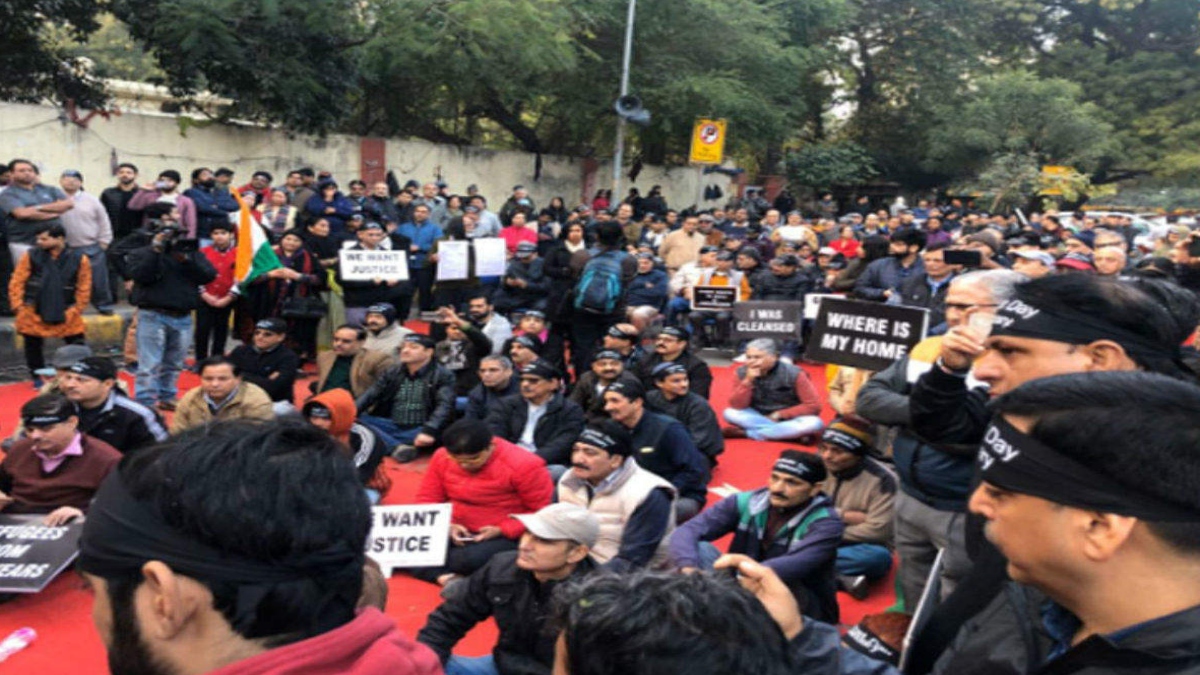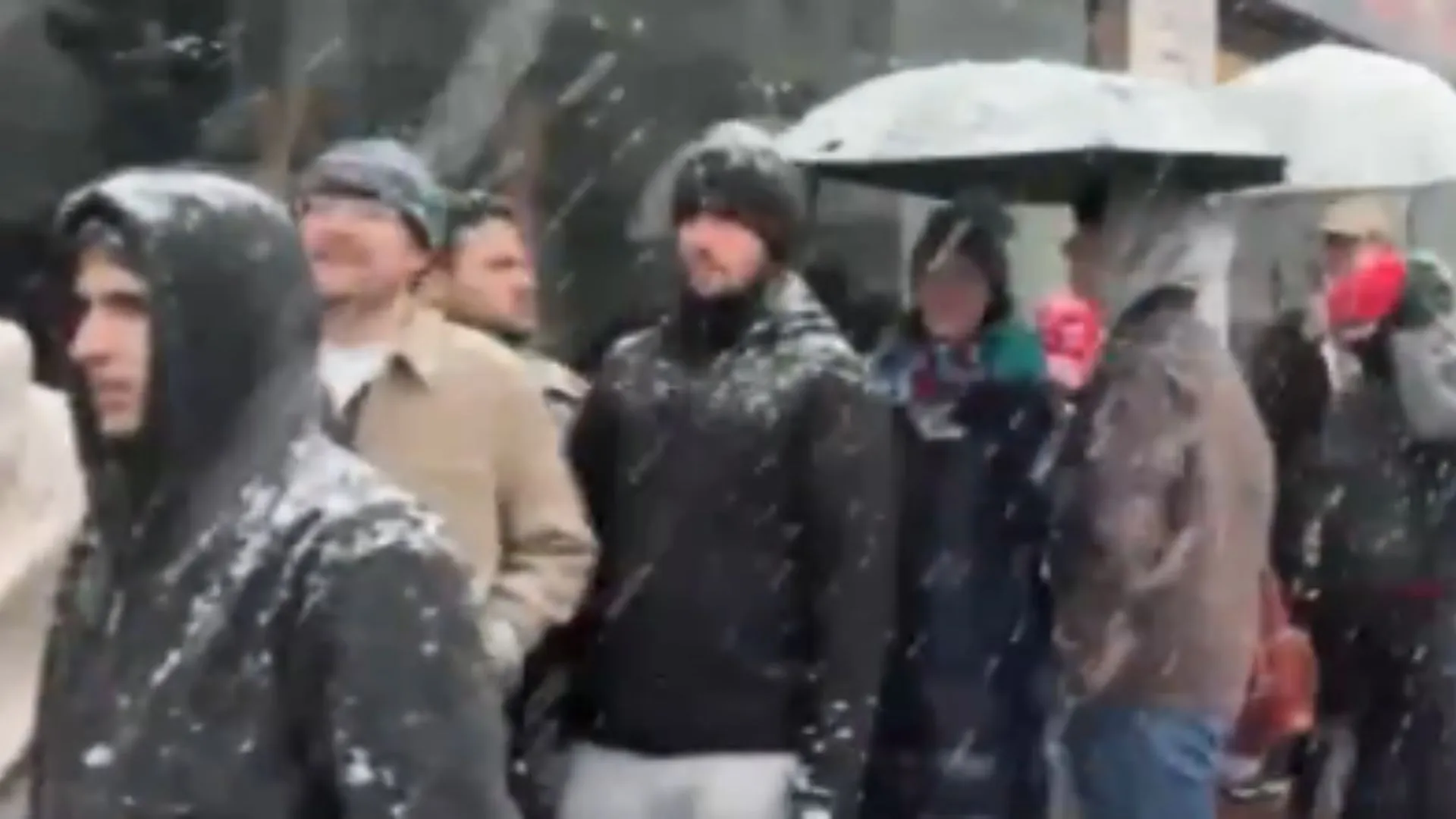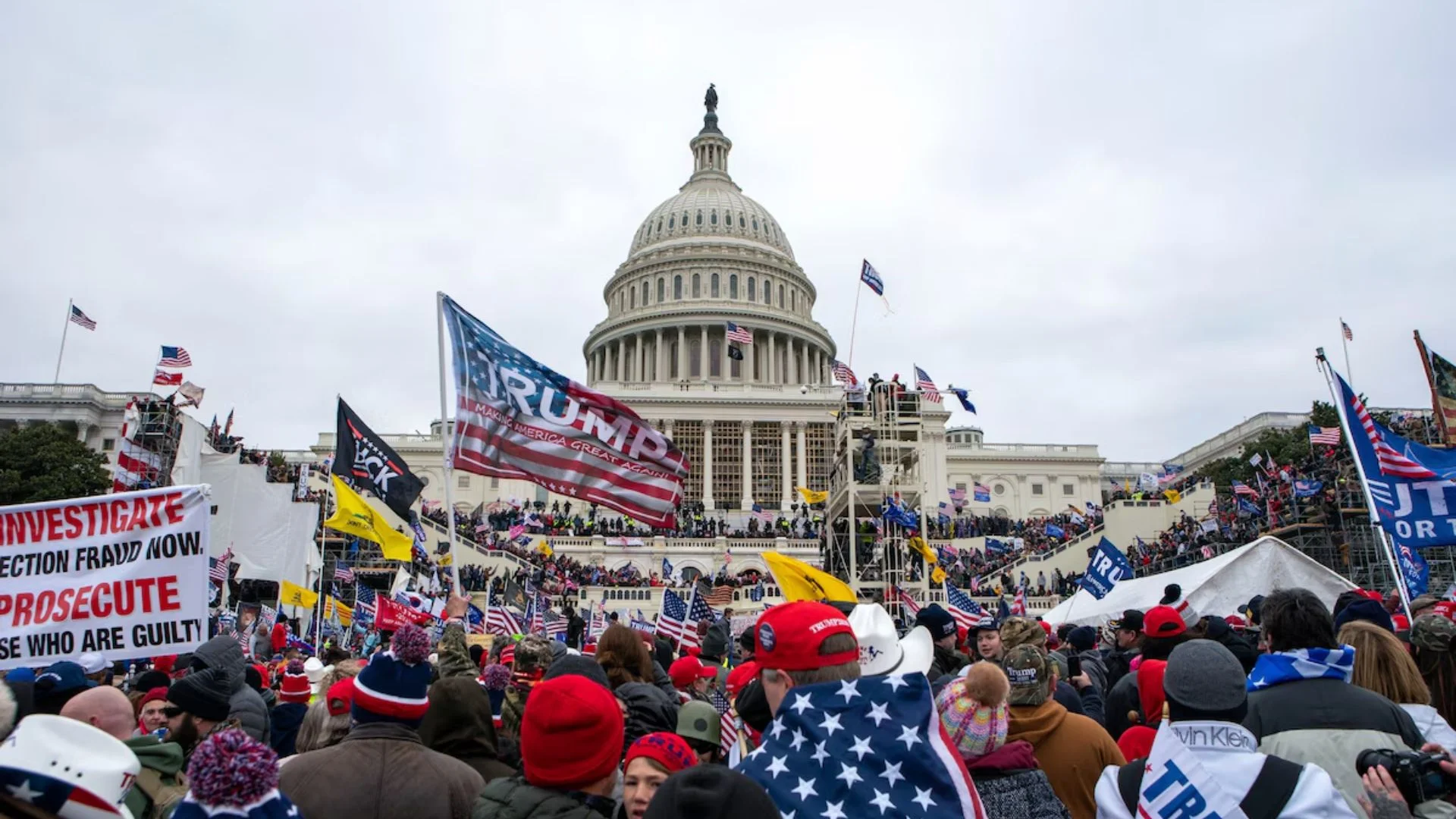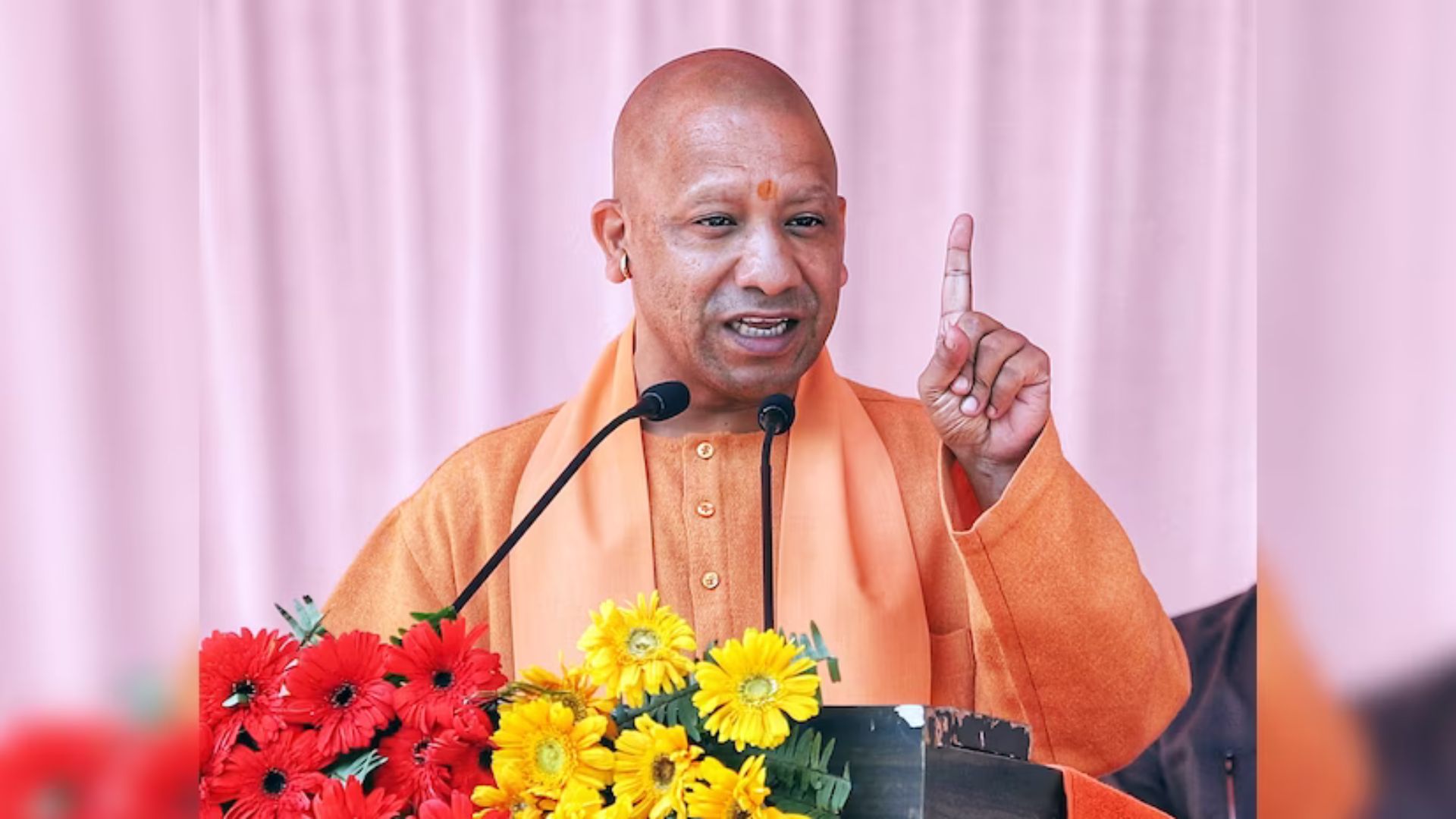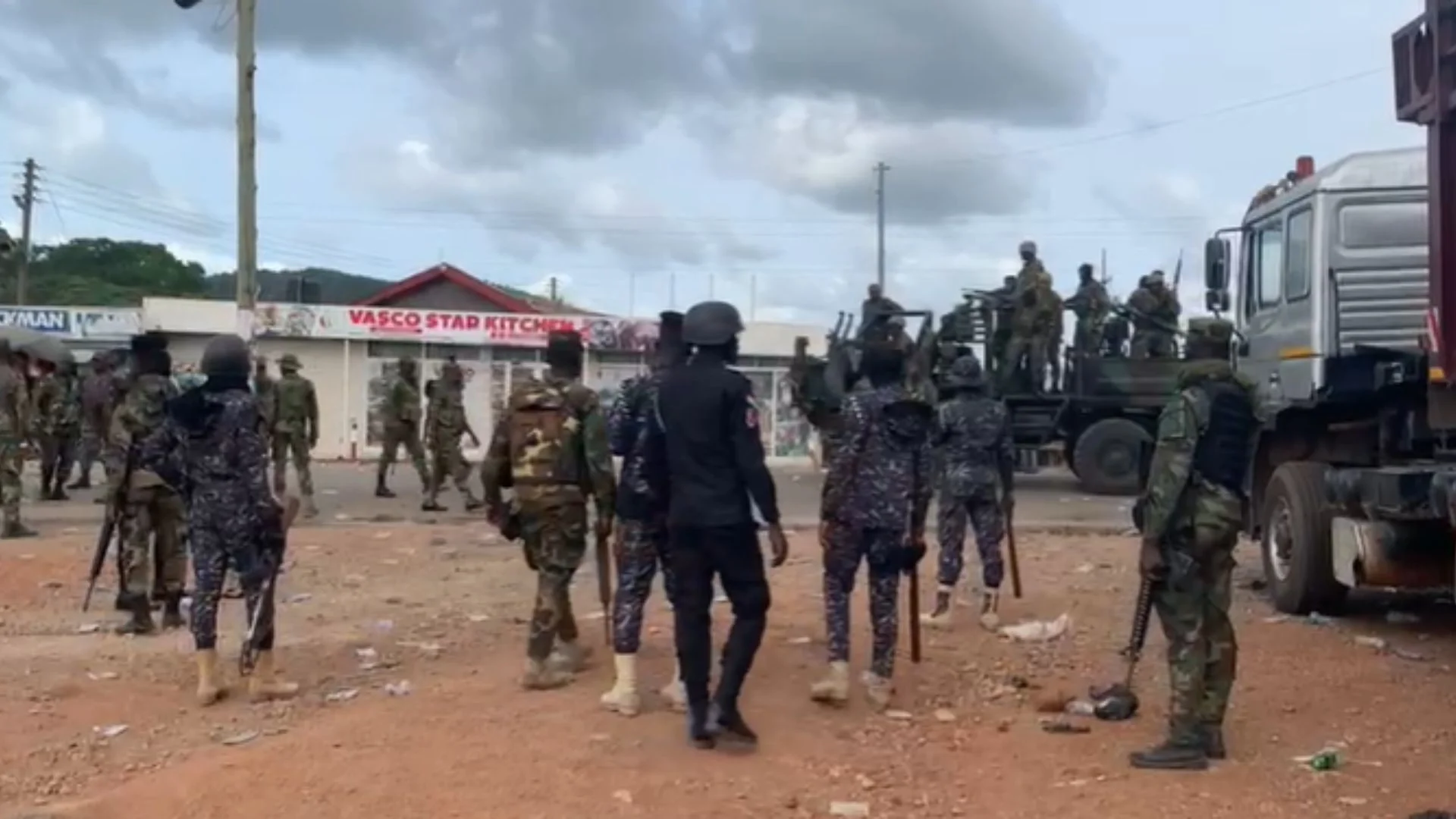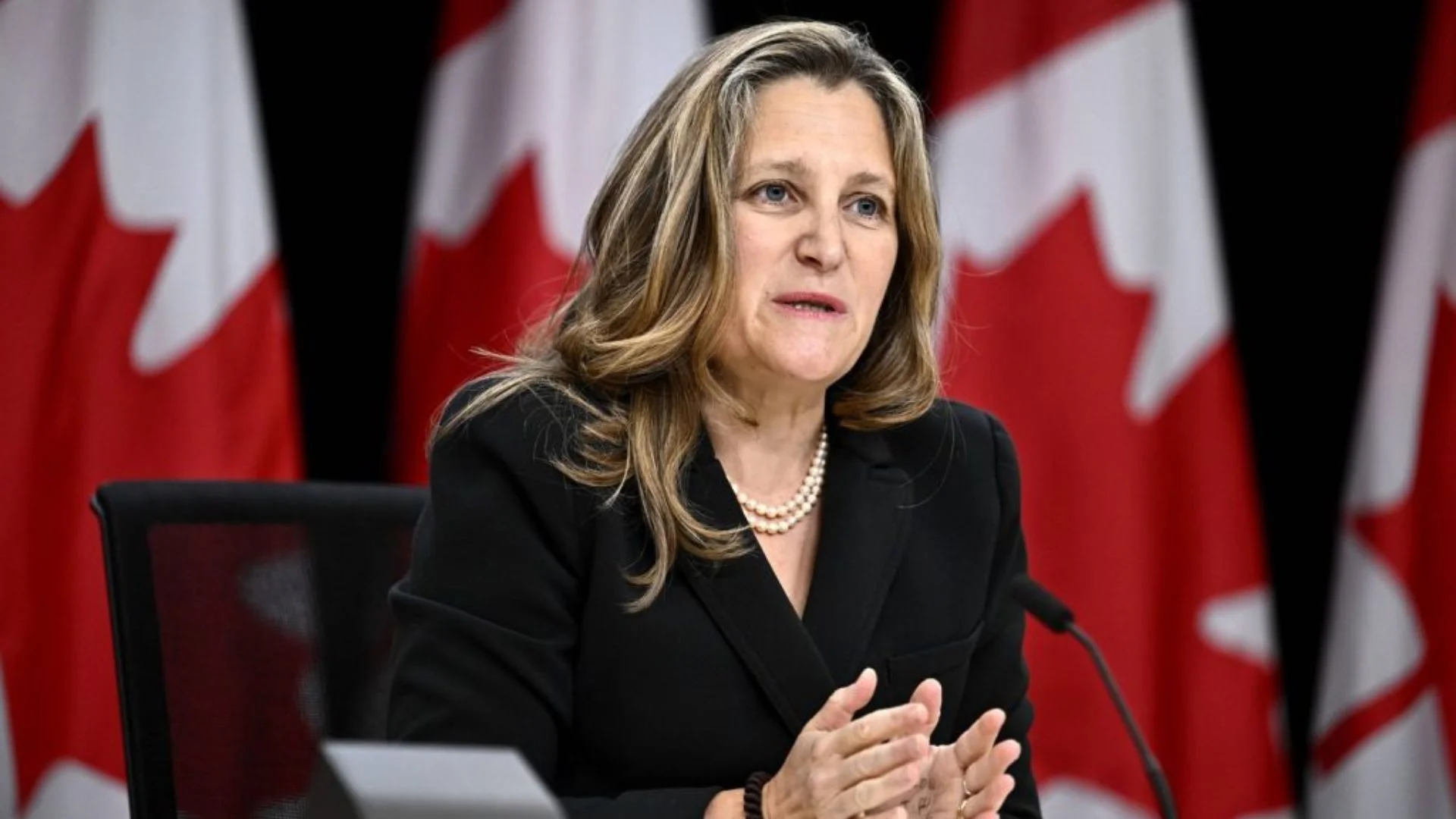After Article 370 was made inoperable in August last year, the expectations of the native population from Kashmir skyrocketed for the return to their roots by the reversal of their thirty year old exile status from the homeland. They are living as refugees in their own Country, the independent India.
PM Modi urged people of the country and Jammu and Kashmir -come, let us all together, build a “new Jammu and Kashmir and new Ladakh” with the new India’: he said, I have complete faith, under this new system, we all will be able to free Jammu and Kashmir of terrorism and separatism and integrate the state fully with rest of the country. He called it a Naya Kashmir vision. Those from Jammu and Kashmir who live elsewhere and want to return to their homes will be helped in by us, PM Modi declared.
After almost ten months of 5th.August 2019 decision of abrogation of Article 370 and 35-A, a sense is gathering around that their plight as native exiled Kashmiri is being slowly forgotten. Everybody sheds crocodile tears over their suffering, but nothing by way of action is seemingly visible by the Modi-2.0 and JK Union Territory Government. The future of Pandits, as an important stakeholder and a relevant component to the resolution of the Kashmir imbroglio, is less and less talked about.
Kashmiri Pandits have an existential stake in the Valley. They have to be physically present on the soil of the Valley as living component and stake holders and day to day participants in the socio-economic, political, cultural and spiritual ethos of Kashmir valley, otherwise how will the present as well as future generations realise that Kashmir is the keystone of their heritage through millennia, finding mention even in the Indian oldest scriptures?
Kashmir was considered the abode of Saraswati, the highest seat of learning in India, and was also referred to as Sharda Peeth. So much so that students on graduating from Kashi would take four symbolic steps towards Kashmir, denoting their aspiration for higher learning. Almost the entire body of Sanskrit literature has its origins in Kashmir.
Rajatarangini, an authoritative historical tome on the royal lineage of Kashmir, written by Kalhana in the 12th century, outlines the greatness of King Lalitaditya, possibly the most powerful Indian emperor of all times, whose kingdom in the 8th century extended from the Caspian Sea in the north to the Kaveri basin in the south, and included Assam in the east. How many Indians have even heard his name? How many of us know that Srinagar was established by Ashoka the Great?
Mahayana Buddhism was spread across mid Asia, China and Japan by Kashmiri monks. Patanjali gifted his yog sutra to humanity and his. Sarangadeva is considered the father of both Hindustani and Carnatic music. Acharya Abhinav Gupta, one of the greatest scholars of all times, wrote 46 literary classics, including the renowned Abhinav Bharti. His principles of RAS are being taught in 80 universities around the world. Why educationists and policymakers are deliberately withholding such vital slices of history from our textbooks?
Kashmiri Pandits have rich heritage and their roots are engraved in the soil of the Valley for more than five thousand years. That can neither be destroyed nor obliterated by any power more so by unleashing terror and vicious campaign.
Realities are, at times harsh and strange. The harsh ground reality in today’s age of enlightenment is — Kashmir today is without Kashmiri Pandits. The aborigine community of Kashmir, are out in exile, in this modern age of reason and enlightenment. The forced exodus of the Kashmiri Pandits in 1990, designed to effect the motivated ethnic cleansing, will go down in the history of these native Kashmiris -The aborigines, as a continuation of the persecution and genocide facing for hundreds of years. The atrocities were peaked during despotic rule of tyrant kings.
The irony is that they did not get any respite even in the bright days of the enlightened times, especially in the post-independent days of India. Whatever be the vicissitudes of their history all pale into insignificance when we look at their present plight. The colossal crisis through which the exiled community or for that matter the entire Kashmiri society is passing through is in reality the crisis in the country’s great values — the perversion in practise of its constitutional jurisprudence, the socio-political and moral norms. Acute fear and scare had been created which gripped the Kashmiri Pandits from September 1989 onwards after killings of prominent members of the community. The Pandits started feeling what they had felt when hounded by Afgans in the second half of the 18th century — “there is fear and dread in the city. Prepare for journey, disorder is dominant in this city, we are the targets and victims.”
The choice of exile was forced on the Kashmiri Pandit community by Pakistan-sponsored terrorists who imposed their writ on Kashmir by unleashing death and destruction. Killing one and scaring a thousand was a concerted plan neatly executed by local terror groups.The state government at that time abdicated its constitutional duties, created a socio-political vacuum and left people’s life and liberty at the mercy of looters, marauders and terror groups. The terrorist violence is unabated till this day. The terrorists maimed, killed, lynched and looted a large number of Kashmiri Pandits and other natives. The terror-stricken Pandits ran for life, leaving their homes and hearths behind them.
In July 1988, the Jammu Kashmir Liberation Front (JKLF) began an armed and separatist insurgency for independence of Kashmir from India. The group targeted and mercilessly killed many prominent mainstream political personalities. At the same time Kashmiri Pandits were killed and the first target they chose for on 14 September 1989, when they killed Tika Lal Taploo, an advocate and a prominent leader of Bharatiya Janata Party in Jammu & Kashmir in front of several eyewitnesses. This instilled fear in the Kashmiri Hindus especially as Taploo’s killers were never caught which also emboldened the terrorists. The Pandits felt threatened that they were not safe in the valley and could be targeted any time. The killings of Kashmiri Pandits continued that included many of the prominent ones.
In order to undermine his political rival Farooq Abdullah who at that time was the Chief minister of Jammu and Kashmir, the Minister of Home Affairs Mufti Mohammad Sayeed convinced Prime Minister V.P. Singh to appoint Jagmohan as the governor of the state. Abdullah resented Jagmohan who had been appointed as the governor. Abdullah had earlier declared that he would resign if Jagmohan was made the Governor. However, the Central government appointed Jagmohan as Governor on 19 January 1990. In response, Abdullah resigned on the same day and Jagmohan suggested the dissolution of the State Assembly.Most of the Kashmiri Pandits left Kashmir valley and moved to other parts of India, particularly to the refugee camps in Jammu region of the state.
KILLING ONE AND SCARING A THOUSAND STRATEGY EXECUTED BY TERRORISTS
September 1989, Tika Lal Taploo, who was a lawyer and a BJP member, was murdered by the JKLF in his home in Srinagar. Soon after Taploo’s death, in November Nilkanth Ganjoo, a retired sessions judge of Srinagar High court who had sentenced Maqbul Bhat to death, was shot dead. In December 1989, members of JKLF kidnapped Dr. Rubaiya Sayeed, daughter of the-then Union Home Minister Mufti Mohammad Sayeed demanding release of five militants, which was subsequently fulfilled.
On 4 January 1990, Srinagar-based newspaper Aftab released a message, threatening all Hindus to leave Kashmir immediately, sourcing it to the militant organization Hizbul Mujahideen.On 14 April 1990, another Srinagar based newspaper named Al-safa republished the same warning. The newspaper did not claim ownership of the statement and subsequently issued a clarification. Walls were pasted with posters with threatening messages to all Kashmiris to harshly follow the Islamic rules which included abiding by the Islamic dress code, a prohibition on alcohol, cinemas, and video parlours and strict restrictions on Kashmiri women. Unknown masked men with Kalashnikovs used to force people to reset their time to Pakistan Standard Time. Offices buildings, shops, and establishments were colored green as a sign of Islamist rule. Shops, factories, temples and homes of Kashmiri Pandits were burned or destroyed. Threatening posters were posted on doors of Pandits asking them to leave Kashmir immediately. During the middle of the night of 18 and 19 January, a blackout took place in the Kashmir Valley where electricity was cut except in mosques which broadcast divisive and inflammatory messages, asking for a purge of Kashmiri Pandits.On 21 January 1990, two days after Jagmohan took over as governor, the Gawkadal massacre took place in Srinagar, in which the Indian security forces had opened fire on protesters, leading to the death of at least thirty people, and likely injured over 100. These events led to chaos. Lawlessness took over the valley and the crowd with slogans and guns started roaming around the streets. News kept coming of violent incidents and those Pandits who survived the night saved their lives by traveling out of the valley.
In April 1990, Sarwanand Kaul Premi, a veteran Kashmiri poet was gruesomely murdered. Several intelligence operatives were assassinated, over the course of January.On 2 February 1990, Satish Tikoo, a young Hindu social-worker was murdered near his own house in Habba Kadal, Srinagar.
On 13 February 1990, Lassa Kaul, Station Director of Srinagar Doordarshan, was shot dead.In December 1992, Hriday Nath Wanchoo, a trade union leader and human rights activist, was murdered by the Kashmir terrorists. Many Kashmiri Pandit women were kidnapped, raped and murdered, around the time of exodus.
Exiled Kashmiri Pandits sought refuge in Jammu, Delhi and elsewhere in the country. The ethnic cleansing process was completed and now the Kashmir Valley has a very small number of Kashmiri Pandits. The native Kashmiris have entered in the 30th year of exile. Pandits crave for return to their roots. They say bidding farewell to the soil they have sprung from is too traumatic as experience to be conveyed in words. They always say — we love our homeland and every inch of its bounteous soil has nourished us all. The everyday resolve of these hapless Kashmiris is — strive, struggle and stop not till the exile is reversed and they return back to their homeland on their own terms.
The successive Central as well as state governments have failed them and done precious little for the rehabilitation of this community, which has contributed in a big way to the freedom struggle of India against the British imperialism, and also to the national reconstruction in the post-Independent era. It is a community whose history generates envy at their achievements as well as sorrow at their plight today. The long history of these exiled Kashmiris has been of triumphs and tragedies. The antiquity of the Kashmiri natives and its Aryan origin are well established. Human memory is short and so is, unfortunately, the memory of our leaders, especially of the current dispensation.
It was I.K. Gujral as Prime Minister who said: “If the nation’s coffers have to be emptied for dignified return and rehabilitation of this illustrious community back in the Valley, still it would be a lesser price for their contribution towards modern nation building.”
The forced migration of 1990 left the Kashmiri Pandit community shattered physically and psychologically. Scores of social organisations worked day and night on voluntary basis to bring succour to the exiled. In a permissive, soft and caste-ridden Indian state and in many ways cruel, the exiled illustrious Kashmiri Pandit community have been created as refugees from its own flesh and blood and have been cast aside to fend for themselves. To survive as a distinct community is next to impossible in present-day world until the exile is reversed and rehabilitated physically back in the Valley. They are working relentlessly for the protection of their distinct socio-cultural entity. Their struggle is still going on.
Exiled Pandits petitioned before NHRC from 1994-1996 for enforcement of their Human rights and right to life, the NHRC way in 1998-99,in its historical full commission judgment, headed by Justice Venkatchaliah an eminent Jurist & former Chief Justice of India- held the systematic/planned ethnic cleansing inflicted on Kashmiri Pandits by terrorists that forced them to exit their homeland as -Acts of akin to GENOCIDE.
The exiled Kashmiri Pandits for several years are demanding high level judicial commission of inquiry. There are very strong grounds legally and otherwise to set up a Commission of inquiry headed by a retired Supreme Court Judge to be assisted by DGP, director intelligence bureau, director of Central Bureau of Investigation and Director General of National Intelligence Agency to probe into the heinous crimes of murders, loot, rapes, forcible land & properties, grabbing of religious endowments properties across the Valley.
Sometime back, on the recommendation of State administration the MHA while banning the separatist’s outfits described ethnic cleansing & purging of Kashmiri Pandit community, as the principal ground to seal & Ban the separatists/terror outfits operating in Kashmir. The admission by State administration & MHA through Union Home Secretary Is in public domain, These recommendations further fortify the pleas for the probe by the victim Kashmiri Pandit community
Politically, the Kashmiri Pandit’s view, post inoperable Article 370 and conversion of JK State to a bifurcated Union Territory, the subject of Jammu & Kashmir has become enveloped in a dense opacity with layer upon layer of distortions of history, self-serving myths and competing political interests. Peeling off these layers by revisiting history, without prejudice on the real issues involved, can only help in our collective search for a brighter tomorrow for Jammu & Kashmir.
The Jammu & Kashmir policy shall coordinate between, what the country peruses as domestic policy qua the JK Union Territory as GOI, on one hand and the treatment of Jammu & Kashmir, as an issue in Indo-Pak relations and in India»s foreign policy in general .A coherent and effective policy on JK affairs must bring all these components together in an internally consistent manner.
One of the most profound and important component of the fresh policy outlook for better tomorrow in Jammu & Kashmir is -the Return, restitution & retention of exiled Kashmiri Pandit Community as a concentrated religious Minority Community In their homeland Kashmir Valley. This community by the acts of terrorist violence was ethnically cleansed and exited from their homeland where their roots are engraved for more than 5000 years.
The return of Pandits to their homeland cannot be achieved unless the nation and the people of Kashmir are in unison and create consensus. The Government of India and that of the Jammu and Kashmir Union Territory have to be on same page to plan out a common and comprehensive return module and enforce the same in time-bound framework.
Successive Governments have promised time and again, the return and settlement of Kashmiri Pandits back in the Valley but so far remained hollow promise.Modi 2.0 must take the exiled Pandits on board for resolution of all the issues concerning Kashmir affairs,as stakeholders. The Pandits must be returned in a time bound manner back to the Valley, to fully enjoy with dignity and political empowerment the right to life and liberty in their homeland. The peace will always elude until the exiled natives of the Valley return physically to their roots and homeland.
New Delhi -the current Modi -2.0 Government has a constitutional and political responsibility for working towards such a consensus and demonstrate a strong political will. It has to create infrastructure, housing colonies etc, provide adequate jobs to the educated youth and rescind the distress sales of immovable properties and secure all the religious places, cultural centres and endowments. The greater obligation on the Central and the UT governments is to create a conducive economic and socio-political environment for reversing their exile, plan and facilitate their early safe and dignified return to their homeland. Otherwise Modi”s tall leadership and moral authority would be seen wanting on this issue. Thirty (30) years is too long an exile for this illustrious community to have sufferend. It is now or never situation for them. Native Kashmiri Pandits are longing to return to the Valley — their roots are calling to return to homeland.
Sr. Adv. Ashok Bhan practices in the Supreme Court and is the Chairman of Kashmir – Policy & Strategy group.
Kashmir was considered the abode of Saraswati, the highest seat of learning in India, and was also referred to as Sharda Peeth. So much so that students on graduating from Kashi would take four symbolic steps towards Kashmir, denoting their aspiration for higher learning. Almost the entire body of Sanskrit literature has its origins in Kashmir.
Rajatarangini, an authoritative historical tome on the royal lineage of Kashmir, written by Kalhana in the 12th century, outlines the greatness of King Lalitaditya, possibly the most powerful Indian emperor of all times, whose kingdom in the 8th century extended from the Caspian Sea in the north to the Kaveri basin in the south, and included Assam in the east. How many Indians have even heard his name? How many of us know that Srinagar was established by Ashoka the Great?
One of the most profound and important components of the fresh policy outlook for a better tomorrow in Jammu & Kashmir is the return, restitution and retention of the exiled Kashmiri Pandits as a concentrated religious minority community in their homeland Kashmir Valley. This community, by the acts of terrorist violence, was ethnically cleansed and exited from their homeland where their roots are engraved for more than 5,000 years.

